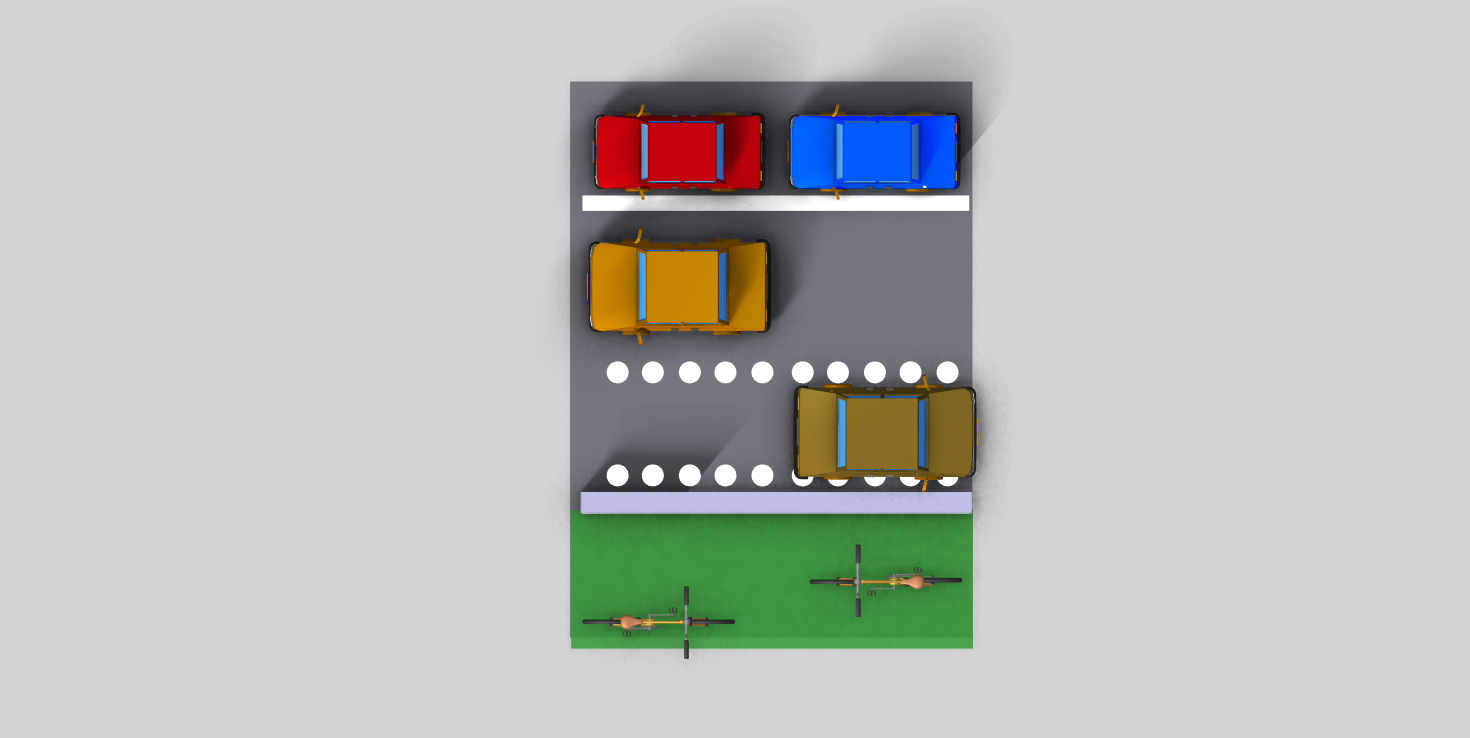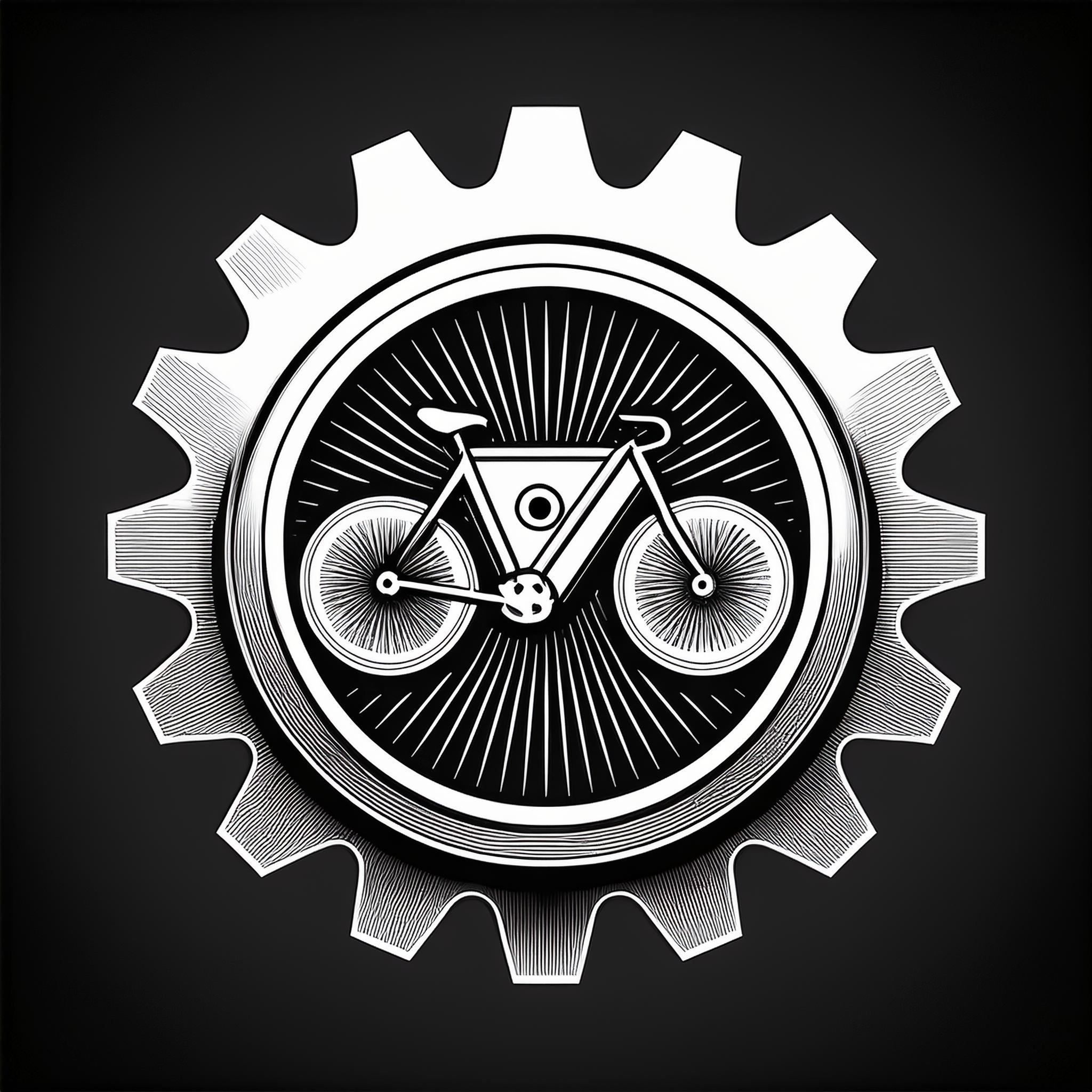· Newsletter · 5 min read
A Conversation With Hanah Ehrenreich
We (and her 2 children) met on a rainy Saturday afternoon at Yeti Frozen Yogurt & Cafe in the Westcott Neighborhood, an area that she grew up in and continues to live in, to discuss walkability and bikes.

A Conversation With Hanah Ehrenreich
Hanah Ehrenreich is running for Syracuse City Councilor at-large
We (and her 2 children) met on a rainy Saturday afternoon at Yeti Frozen Yogurt & Cafe in the Westcott Neighborhood, an area that she grew up in and continues to live in, to discuss walkability and bikes. After we all got settled, the conversations started with me explaining my biking in Syracuse for over a decade, growing up near Eastwood and the lack of fear you’d face riding James st.
Diving in, bike infrastructure:
Syracuse bike infrastructure is dangerous, prioritizing driver convenience over pedestrian lives. If it’s not protected it doesn’t exist. I’ve personally been almost ran over in a crosswalk by a driver on S Salina, a lane that puts you between parked cars (doored) and fast traffic. Or the James St in Eastwood that offers the same protection as it did 15 years ago: nothing.
Safety:
When discussing bike commuting I brought up the 5 way intersection at North Franklin and Butternut Street and how dangerous it is to cross, Ehrenreich responded that when she worked for CNY Works many years ago their offices were in Franklin Square and she biked regularly to work, “I stopped bike commuting because after I had my oldest because this isn’t how I wanted to die.”
When bringing up protected bike lanes, she was understanding that they are necessary and voiced dislike for sharrows and painted lanes as not enough protection for bikers.
Ehrenreich studied in London for her graduate degree and is pro-protected lanes and noted at the difference in culture from drivers there where she saw protected bike lanes as part of the infrastructure and an understanding of cyclists by drivers vs here where the cyclist-driver relationship is angry, dangerous.
Ehrenreich, “Bike infrastructure isn’t radical.”
We discussed protected lanes and how that could work better in Syracuse.
Currently we have odd even parking, a system that routinely causes confusion like what do you do at 5pm and have to leave again at 6:30? Risk the ticket? So much confusion that 10 years ago Philip Bordallo created https://oddeven.org/ to tell you what side of the street to park on.
Ehrenreich brought up the idea of ending the practice and replacing one side with a protected lane, a driving lane that is flexible sizing and a parking lane that would shift one time a month to allow for street sweeping.
3d model of the image
Greenways:
Ehrenreich noted the greenway in North Carolina has created economic incentives (greenway.org, Pathways to Prosperity; Economic Impacts of Investment in Bicycle Facilities: A Case Study of North Carolina Northern Outer Banks), and if you’re in Manlius it’s easier to get to downtown by bike than if you live on the north side or east side.
After googling, in North Carolina’s part of the Greenway specifically the triangle region (area around Raleigh, Durham, and Chapel Hill) economically the Greenway there as resulted in $87M in economic benefits per year (Alta Planning and Design, “THE IMPACT OF GREENWAYS in the TRIANGLE”, 7, https://apos-ecg-prod.s3.us-east-1.amazonaws.com/attachments/cjgqs3ffg03yyp8qitykwkvz8-triangle-impact-report.pdf). And in 2007 “The Outer Banks, NC: Bicycling is estimated to have an annual economic impact of $60 million and 1,407 jobs supported from the 40,800 visitors for whom bicycling was an important reason for choosing to vacation in the area. “ (Greenways.com)
In addition, they also noted snow swell issues:
Currently plowing creates a system that pushes snow onto the side of the road / driveways/ or sidewalks and that gets pushed back on the street by people creating a cyclical system that ends up hurting pedestrians. To fix this they mentioned snow swell zones, or areas where snow could be pushed to that’s out of the way and doesn’t perpetuate this cycle.
Similarly to how cycling infrastructure disproportionately alienates women, sidewalks and their clearing also does, “We lack consistent, sex-disaggregated data from every country, but the data we do have makes it clear that women are invariably more likely than men to walk and take public transport” (Perez, Caroline Criado, Invisible Women : Data Bias in a World Designed for Men (New York: Abrams, 2019), 22.
Safety and Veo’s:
We didn’t get to the issues of Veos being left in sidewalks and paths, unlike the fixed station Gotchas, but on the issue of safety of children on them without helmets, she proposed distributing helmets via the schools and having children bring them with them to create a habit of using them.
Community:
Describing a trip to Key West, Florida, Ehrenreich, walked everywhere - “parked the car for a week, the city has realized it’s economically beneficial to have the ability to walk and bike everywhere - creating both indoor and outdoor space for live music and access to nature, shopping, and third spaces that can safely and easily be accessed without a car”. As an aside this is how you can rebuild community in an area - cars are isolating. Just a couple weeks ago met a man who was bike packing for 2 years on my commute - that would never happen normally in a car.
General notes on government:
“There’s a lot of people who are big thinkers and have great ideas but the city is moving at a glacial pace - it doesn’t have to.”
Experimenting with a scorecard for candidates. This data may change as more information comes out but to start with.
Hanah Ehrenreich:
| Supports Protect Bike Lanes | A |
|---|---|
| Open to Greenways | A |
| Open to Larger Ideas | A |
| Recognizes Issues of Car Culture | A |
| Understanding Communities | A |

